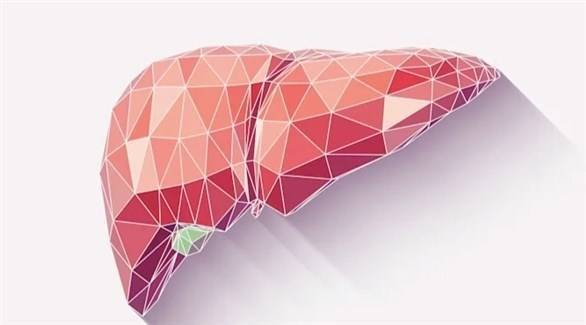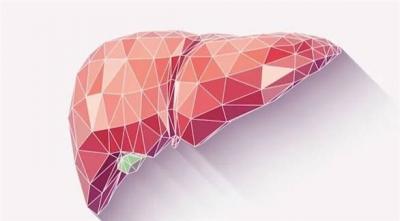Two teams from the Wake Forest Institute for Regenerative Medicine, in collaboration with NASA, have successfully produced a part of a viable artificial human liver using 3D printing technology. This functional part of the human liver lasted for thirty days after utilizing 3D printing from stem cells.
This liver includes a network of channels designed to maintain adequate levels of oxygen and nutrients, keeping the created tissues alive for as long as possible. Jim Reuter, the assistant director of NASA's Space Technology program, stated in a press release, “When NASA started this challenge in 2016, we weren’t sure it would become a reality. It would be exceptional to hear about the first transplant of artificial organs one day, and I believe this new challenge from NASA may have played a part in achieving that.”
According to researchers, this procedure may be promising in developing a new mechanism for artificial organ transplantation in the future. Instead of relying on donors, alternative organs could be printed for patients before transplants, effectively eliminating the chances of the body rejecting the transplanted organ, and essentially ensuring a complete match between the transplanted organ's tissues and the body's tissues.
Additionally, Lynn Harper, project manager at NASA's Ames Research Center, stated that the value of the printed artificial tissue completely depends on how well it mimics what occurs in the body. The requirements are precise and vary from one organ to another, making the task extremely delicate and complex, as reported by "Engadget."




